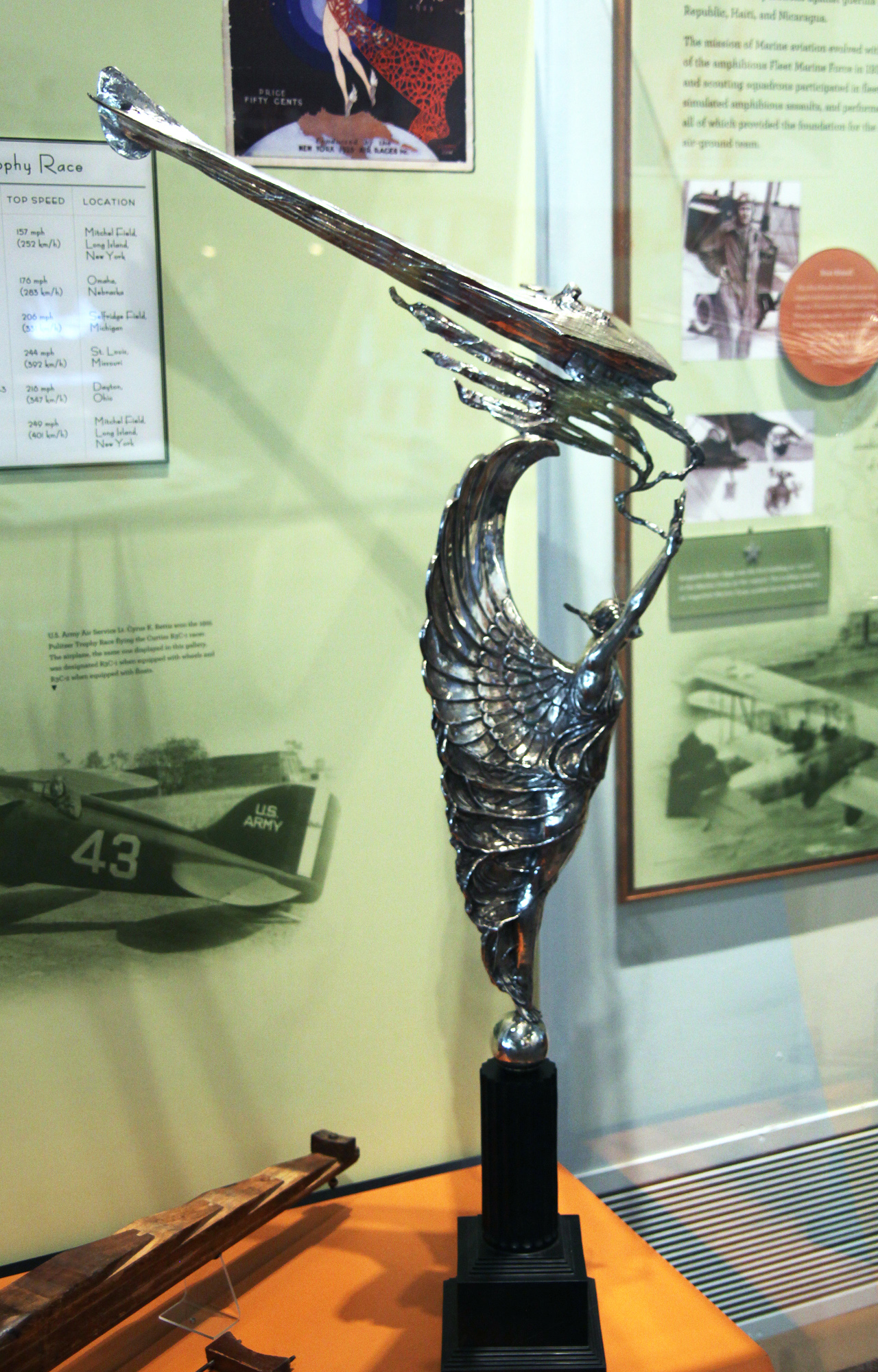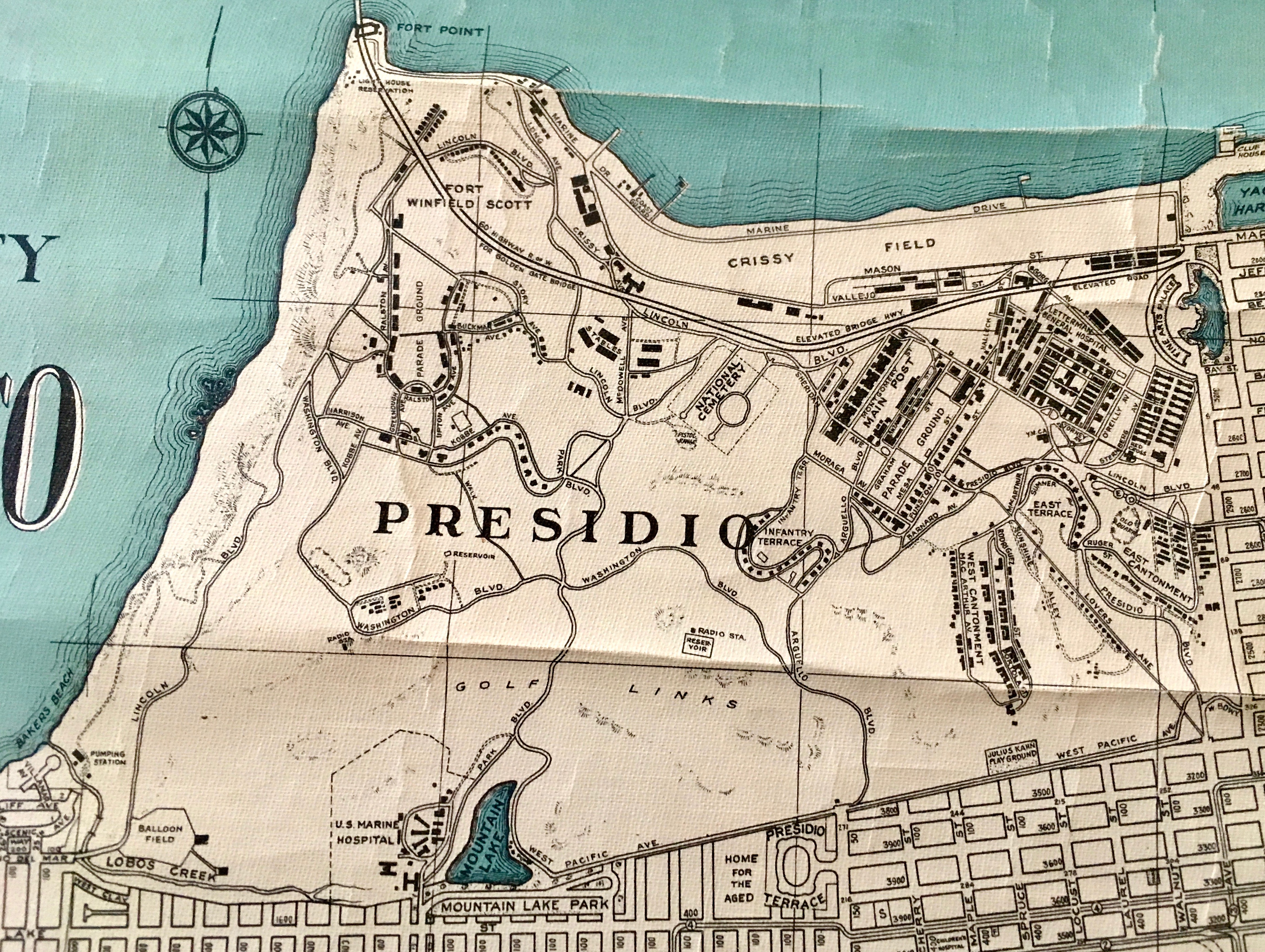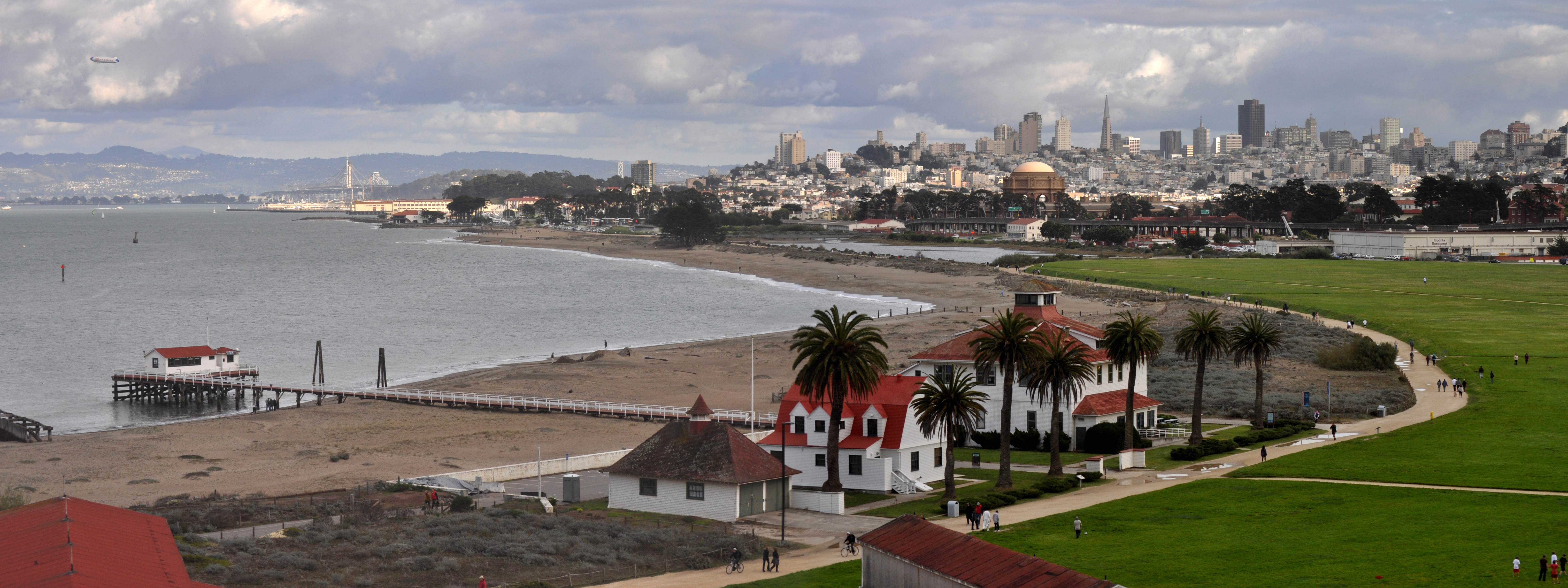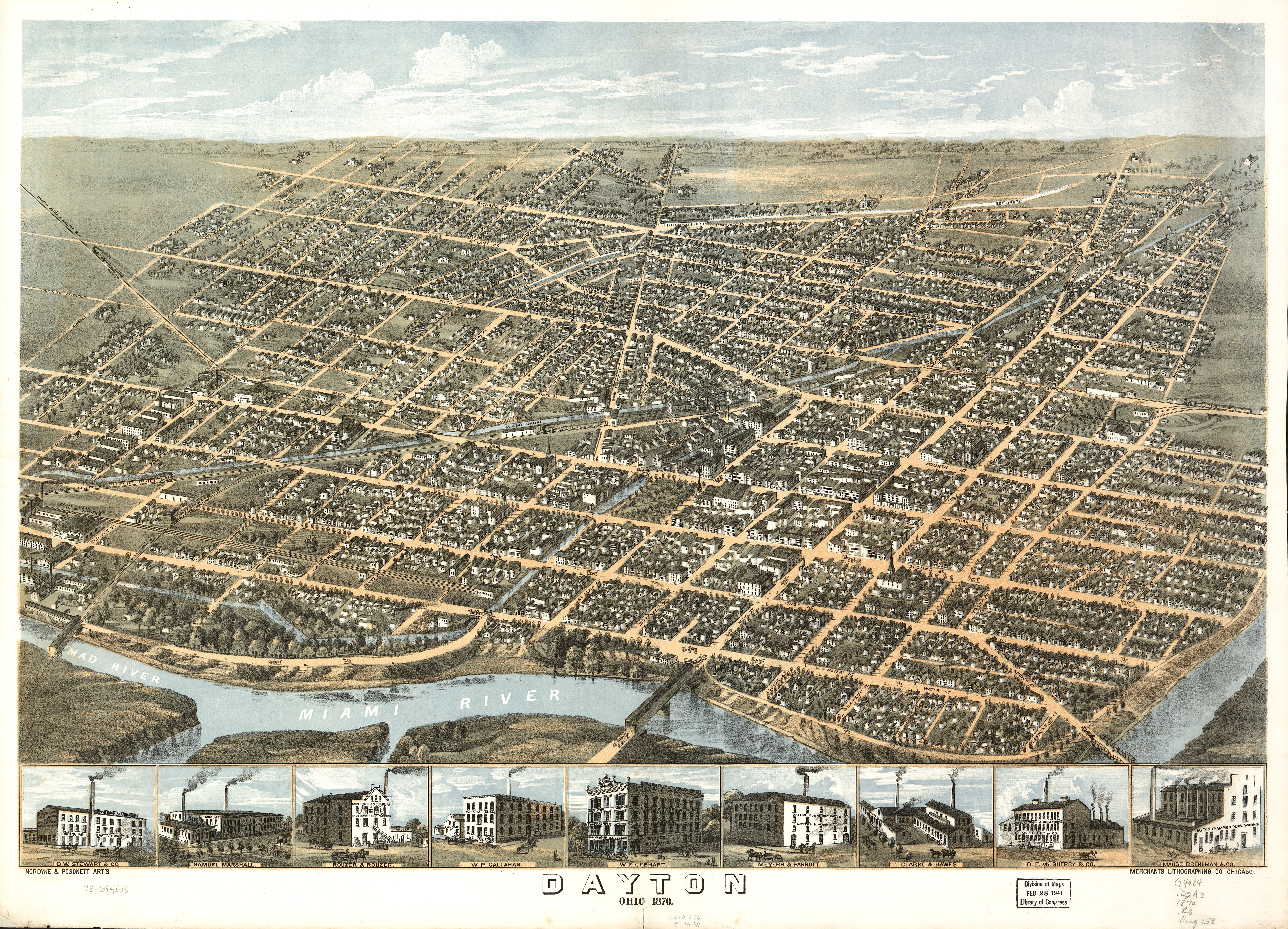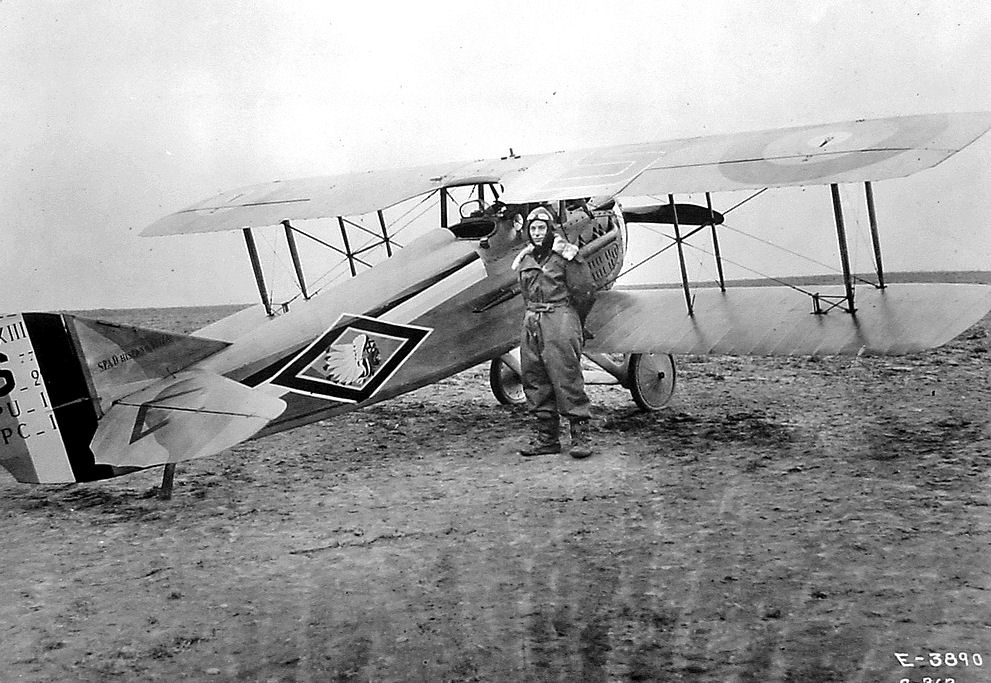|
Russell Maughan
Russell Lowell Maughan (March 28, 1893 – April 21, 1958) was an officer in the United States Army and a pioneer aviator. His career began during World War I, and spanned the period in which military aviation developed from a minor arm of the Army Signal Corps to the huge Army Air Forces on the verge of becoming a separate service. Maughan became a pursuit pilot and served in combat in France in 1918 with the United States Army Air Service. Following the war, he remained in the Air Service and became a test pilot. In 1924 Maughan completed the first flight across the continental United States within the hours of daylight of a single calendar day. Biography Maughan was born March 28, 1893 in Logan, Utah, to Peter W. and Mary (née Naef) Maughan. He graduated from Utah State Agricultural College in June 1917. The United States had entered World War I and Maughan enlisted as an Army aviation cadet. Commissioned a first lieutenant in the Signal Officer Reserve Corps after fli ... [...More Info...] [...Related Items...] OR: [Wikipedia] [Google] [Baidu] |
Logan, Utah
Logan is a city in Cache County, Utah, United States. The 2020 census recorded the population was 52,778. Logan is the county seat of Cache County and the principal city of the Logan metropolitan area, which includes Cache County and Franklin County, Idaho. The Logan metropolitan area contained 125,442 people as of the 2010 census and was declared by Morgan Quitno in 2005 and 2007 to be the safest in the United States in those years. Logan also is the location of the main campus of Utah State University. History The town of Logan was founded in 1859 by settlers sent by Brigham Young to survey for the site of a fort near the banks of the Logan River. They named their new community "Logan" for Ephraim Logan, an early fur trapper in the area. Logan was incorporated on January 17, 1866. Brigham Young College was founded here on August 6, 1877 (and closed in 1926), and Utah State University – then called the Agricultural College of Utah – was founded in 1888. Logan's growth ... [...More Info...] [...Related Items...] OR: [Wikipedia] [Google] [Baidu] |
First Lieutenant
First lieutenant is a commissioned officer military rank in many armed forces; in some forces, it is an appointment. The rank of lieutenant has different meanings in different military formations, but in most forces it is sub-divided into a senior (first lieutenant) and junior (second lieutenant) rank. The NATO equivalent rank for land force officers is OF-1 rank. In navies, while certain rank insignia may carry the name lieutenant, the term may also be used to relate to a particular post or duty, rather than a rank. Indonesia In Indonesia, "first lieutenant" is known as ''Letnan Satu'' (''Lettu''), Indonesian National Armed Forces uses this rank across all three of its services. It is just above the rank of second lieutenant and just below the rank of captain. Israel In the Israel Defense Forces, the rank above second lieutenant is simply lieutenant. The rank of (קצין מקצועי אקדמאי (קמ"א (''katsín miktsoí akademai'' or "kama"), a professional aca ... [...More Info...] [...Related Items...] OR: [Wikipedia] [Google] [Baidu] |
National Air Race
The National Air Races (also known as Pulitzer Trophy Races) are a series of pylon and cross-country races that have taken place in the United States since 1920. The science of aviation, and the speed and reliability of aircraft and engines grew rapidly during this period; the National Air Races were both a proving ground and showcase for this. History In 1920, publisher Ralph Pulitzer sponsored the Pulitzer Trophy Race and the Pulitzer Speed Trophy for military airplanes at Roosevelt Field, Long Island, New York, in an effort to publicize aviation and his newspaper. The races eventually moved to Cleveland, where they were known as the Cleveland National Air Races.''about the Reno Air Racing Association'' Retrieved 2010-03-10. They drew the best flyers of the time, including [...More Info...] [...Related Items...] OR: [Wikipedia] [Google] [Baidu] |
Forest Fire
A wildfire, forest fire, bushfire, wildland fire or rural fire is an unplanned, uncontrolled and unpredictable fire in an area of Combustibility and flammability, combustible vegetation. Depending on the type of vegetation present, a wildfire may be more specifically identified as a bushfire(bushfires in Australia, in Australia), desert fire, grass fire, hill fire, peat fire, prairie fire, vegetation fire, or veld fire. Fire ecology, Some natural forest ecosystems depend on wildfire. Wildfires are distinct from beneficial human usage of wildland fire, called controlled burn, controlled burning, although controlled burns can turn into wildfires. Fossil charcoal indicates that wildfires began soon after the appearance of terrestrial plants approximately 419 million years ago during the Silurian period. Earth's carbon-rich vegetation, seasonally dry climates, atmospheric oxygen, and widespread lightning and volcanic ignitions create favorable conditions for fires. The occurre ... [...More Info...] [...Related Items...] OR: [Wikipedia] [Google] [Baidu] |
91st Network Warfare Squadron
The 91st Cyberspace Operations Squadron is an active United States Air Force unit, currently assigned to the 67th Cyberspace Wing at Kelly Annex, part of Lackland Air Force Base, Texas. The 91st delivers cyber warfare capabilities to combatant commanders. It provides the Air Force with manpower. History World War I Established as 91st Aero Squadron in the summer of 1917 at Kelly Field, near San Antonio, Texas, the unit was sent to France during World War I as one of the initial American Expeditionary Force aero squadrons. The 91st served on the Western Front in France as an observation squadron with the French Eighth Army and United States First Army, 3 June – 10 November 1918. The primary mission of the 91st Squadron was to gather information and immediately return to base to report it. After the November 1918 Armistice with Germany, the 91st Aero Squadron remained in Europe, as part of the occupation forces in Germany with the Third Army (United States) until April 1919. ... [...More Info...] [...Related Items...] OR: [Wikipedia] [Google] [Baidu] |
Presidio Of San Francisco
The Presidio of San Francisco (originally, El Presidio Real de San Francisco or The Royal Fortress of Saint Francis) is a park and former U.S. Army post on the northern tip of the San Francisco Peninsula in San Francisco, California, and is part of the Golden Gate National Recreation Area. It had been a fortified location since September 17, 1776, when New Spain established the presidio to gain a foothold in Alta California and the San Francisco Bay. It passed to Mexico in 1820, which in turn passed it to the United States in 1848. As part of a 1989 military reduction program under the Base Realignment and Closure ( BRAC) process, Congress voted to end the Presidio's status as an active military installation of the U.S. Army. On October 1, 1994, it was transferred to the National Park Service, ending 219 years of military use and beginning its next phase of mixed commercial and public use. In 1996, the United States Congress created the Presidio Trust to oversee and manage the in ... [...More Info...] [...Related Items...] OR: [Wikipedia] [Google] [Baidu] |
Crissy Field
Crissy Field is a public recreation area on the northern shore of the San Francisco Peninsula in California, United States, located just east of the Golden Gate Bridge. It includes restored tidal marsh and beaches. Crissy Field is a former United States Army airfield which is now part of the Golden Gate National Recreation Area. Historically part of the Presidio of San Francisco, Crissy Field closed as an airfield after 1974. Under Army control, the site was affected by dumping of hazardous materials. The National Park Service took control of the area in 1994 and, together with the Golden Gate National Parks Conservancy, worked to restore the site until 2001, when the Crissy Field Center was opened to the public. While most buildings have been preserved as they were in the 1920s, some have been transformed into offices, retail space, and residences. History The land Crissy Field resides on is an ancient salt marsh and estuary. Prior to European settlement, the Ohlone people ... [...More Info...] [...Related Items...] OR: [Wikipedia] [Google] [Baidu] |
Combat Arm
Combat arms (or fighting arms in non-American parlance) are troops within national armed forces who participate in direct tactical ground combat. In general, they are units that carry or employ weapons, such as infantry, cavalry, and artillery units. The use of multiple combat arms in mutually supporting ways is known as combined arms. In some armies, notably the British Army, artillery and combat engineer units are categorized as combat support, while in others, such as the U.S. Army and Canadian Army, they are considered part of the combat arms. Armored troops constitute a combat arm in name, although many have histories derived from cavalry units. Artillery is included as a combat arm primarily based on the history of employing cannons in close combat, and later in the anti-tank role until the advent of anti-tank guided missiles. The inclusion of special forces in some armed forces as a separate combat arm is often doctrinal because the troops of special forces units are essent ... [...More Info...] [...Related Items...] OR: [Wikipedia] [Google] [Baidu] |
Billy Mitchell
William Lendrum Mitchell (December 29, 1879 – February 19, 1936) was a United States Army officer who is regarded as the father of the United States Air Force. Mitchell served in France during World War I and, by the conflict's end, commanded all American air combat units in that country. After the war, he was appointed deputy director of the Air Service and began advocating increased investment in air power, believing that this would prove vital in future wars. He argued particularly for the ability of bombers to sink battleships and organized a series of bombing runs against stationary ships designed to test the idea. He antagonized many administrative leaders of the Army with his arguments and criticism and in 1925, his temporary appointment as a brigadier general was not renewed, and he reverted to his permanent rank of colonel, due to his insubordination. Later that year, he was court-martialed for insubordination after accusing Army and Navy leaders of an "almost trea ... [...More Info...] [...Related Items...] OR: [Wikipedia] [Google] [Baidu] |
Dayton, Ohio
Dayton () is the sixth-largest city in the U.S. state of Ohio and the county seat of Montgomery County. A small part of the city extends into Greene County. The 2020 U.S. census estimate put the city population at 137,644, while Greater Dayton was estimated to be at 814,049 residents. The Combined Statistical Area (CSA) was 1,086,512. This makes Dayton the fourth-largest metropolitan area in Ohio and 73rd in the United States. Dayton is within Ohio's Miami Valley region, north of the Greater Cincinnati area. Ohio's borders are within of roughly 60 percent of the country's population and manufacturing infrastructure, making the Dayton area a logistical centroid for manufacturers, suppliers, and shippers. Dayton also hosts significant research and development in fields like industrial, aeronautical, and astronautical engineering that have led to many technological innovations. Much of this innovation is due in part to Wright-Patterson Air Force Base and its place in the ... [...More Info...] [...Related Items...] OR: [Wikipedia] [Google] [Baidu] |
McCook Field
McCook Field was an airfield and aviation experimentation station in Dayton, Ohio, United States. It was operated by the Aviation Section, U.S. Signal Corps and its successor the United States Army Air Service from 1917 to 1927. It was named for Alexander McDowell McCook, an American Civil War general and his brothers and cousins, who were collectively known as " The Fighting McCooks". History In 1917, anticipating a massive need for military airplanes by the United States during World War I, six Dayton businessmen including Edward A. Deeds formed the Dayton-Wright Company in Dayton, Ohio. In addition to building a factory in Moraine, Ohio, Deeds built an airfield on property he owned in Moraine for use by the company. Deeds was also interested in building a public aviation field along the Great Miami River approximately one mile (1.6 km) north of downtown Dayton, purchasing the property in March 1917. He called it North Field to differentiate it from the South Field in Mor ... [...More Info...] [...Related Items...] OR: [Wikipedia] [Google] [Baidu] |
Spad XIII
The SPAD S.XIII is a French biplane fighter aircraft of the First World War, developed by ''Société Pour L'Aviation et ses Dérivés'' (SPAD) from the earlier and highly successful SPAD S.VII. During early 1917, the French designer Louis Béchereau, spurred by the approaching obsolescence of the S.VII, decided to develop two new fighter aircraft, the S.XII and the S.XIII, both using a powerful new geared version of the successful Hispano-Suiza 8A engine. The cannon armament of the S.XII was unpopular with most pilots, but the S.XIII proved to be one of the most capable fighters of the war, as well as one of the most-produced, with 8,472 built and orders for around 10,000 more cancelled at the Armistice.Sharpe 2000, p. 272. By the end of the First World War, the S.XIII had equipped virtually every fighter squadron of the ''Aéronautique Militaire''. In addition, the United States Army Air Service also procured the type in bulk during the conflict, and some replaced or supplem ... [...More Info...] [...Related Items...] OR: [Wikipedia] [Google] [Baidu] |
